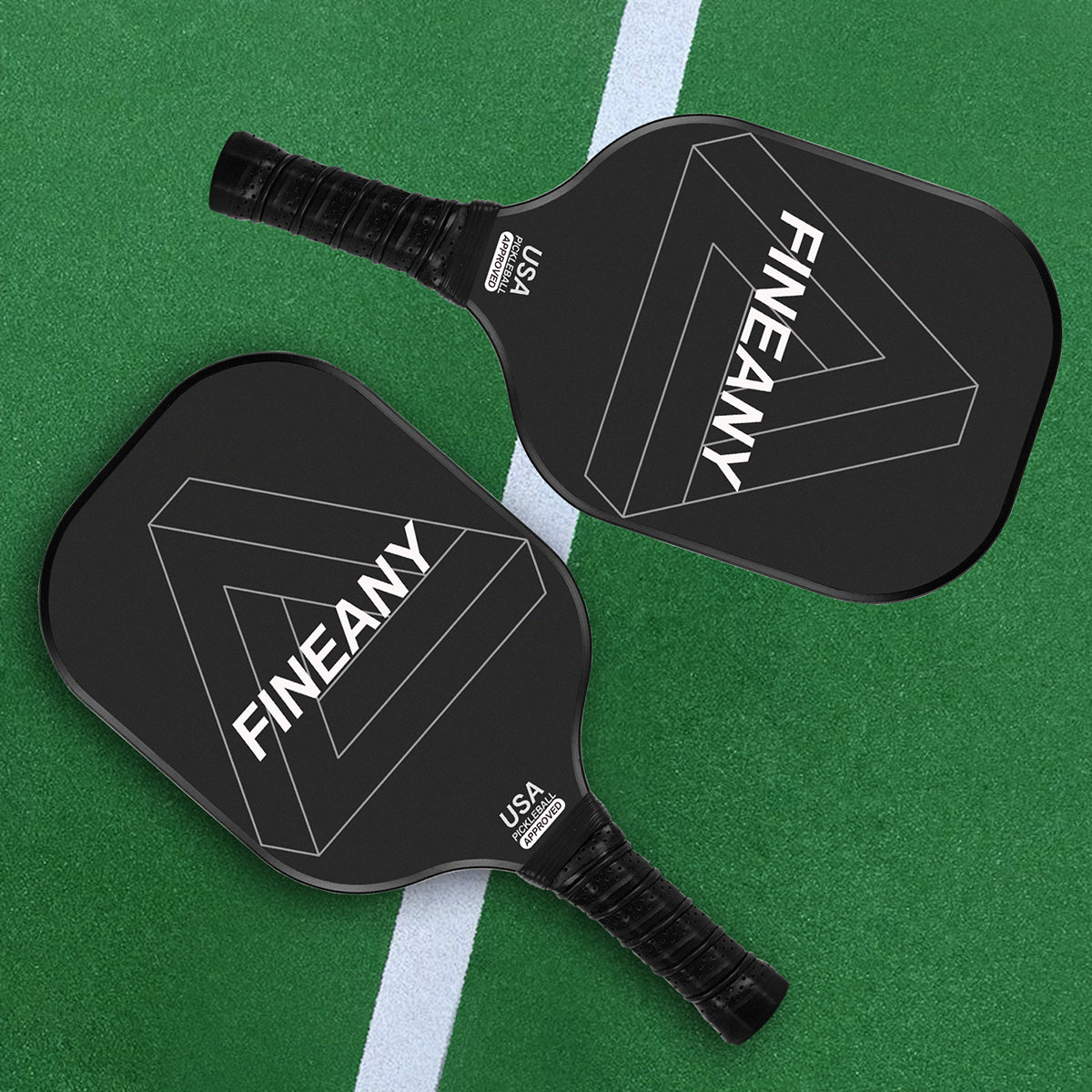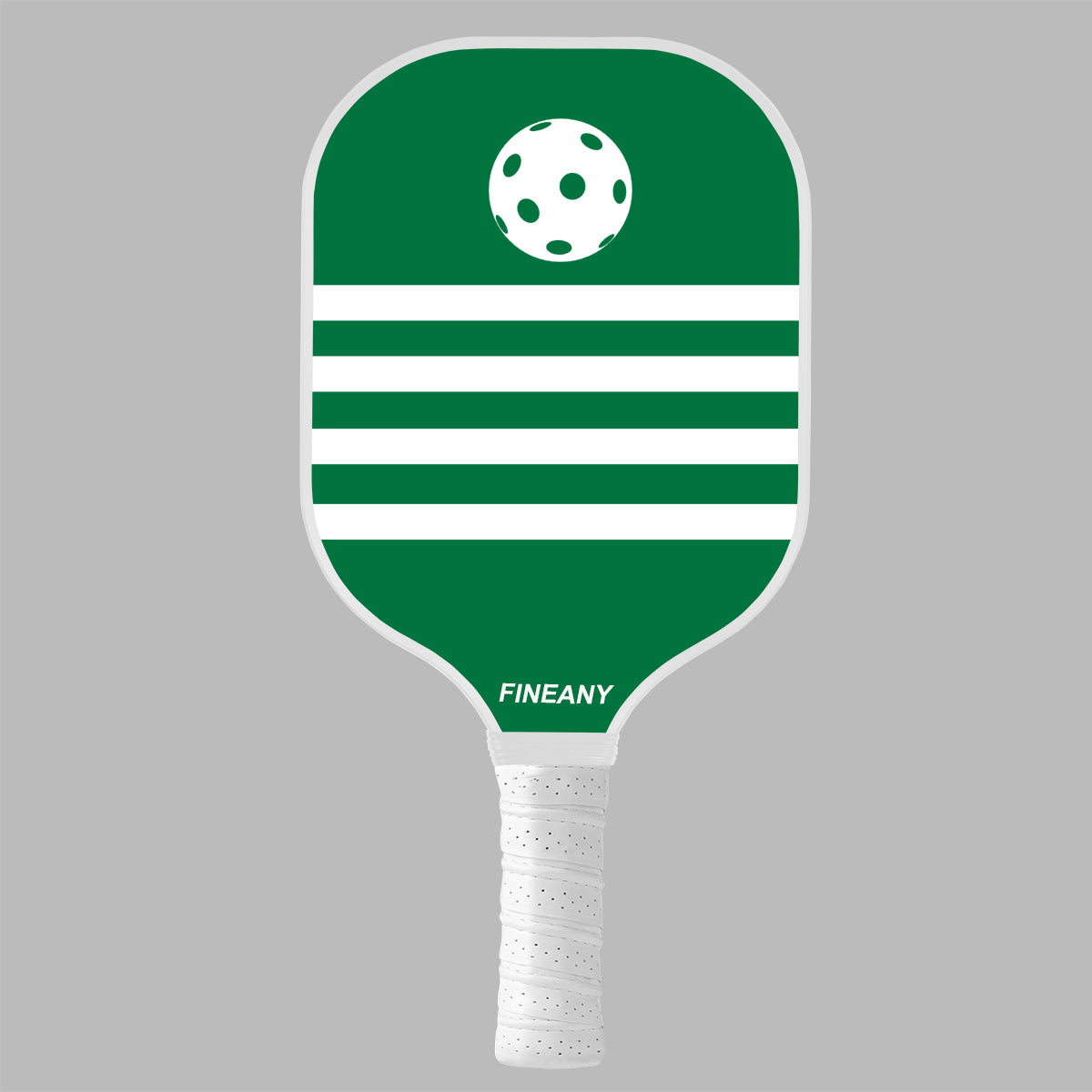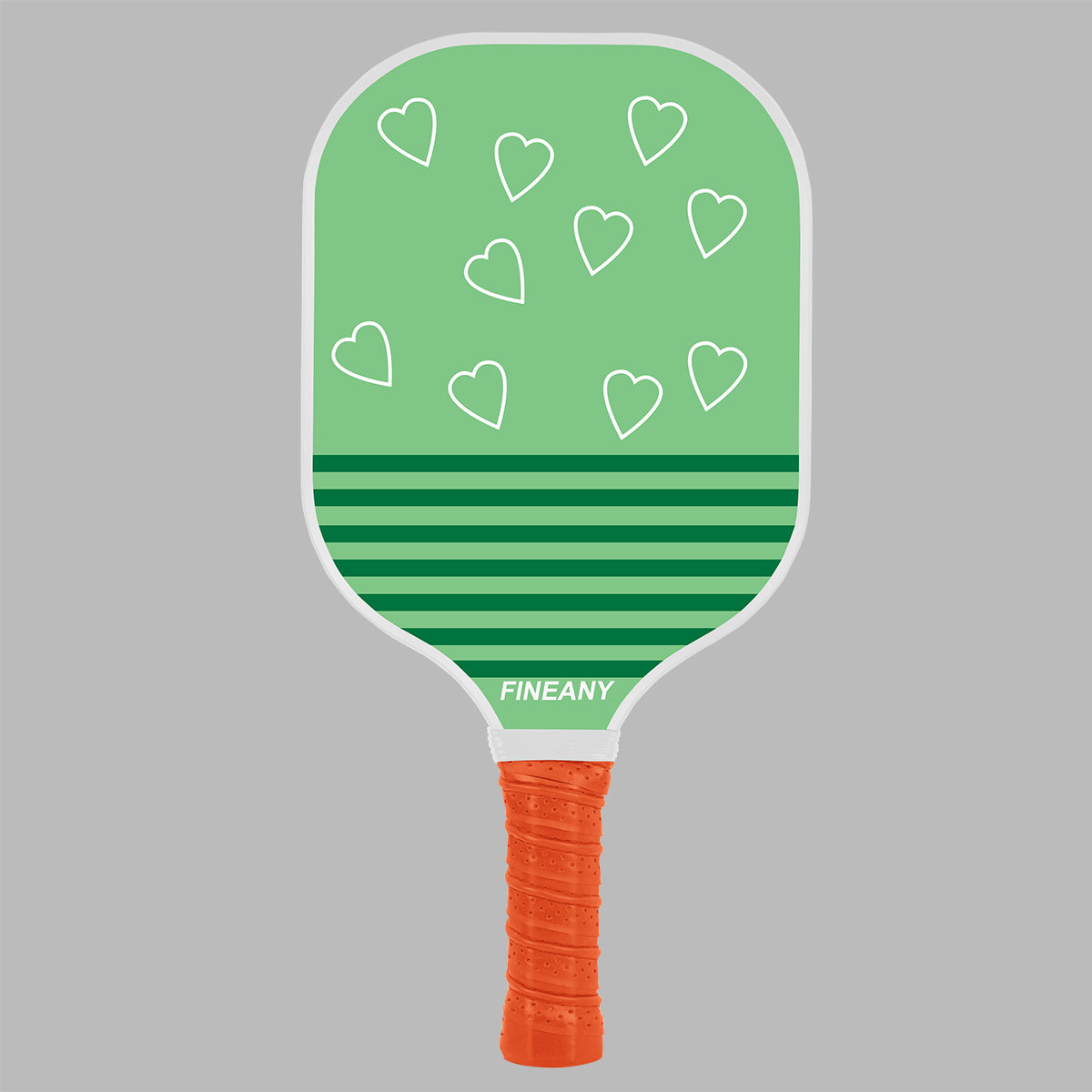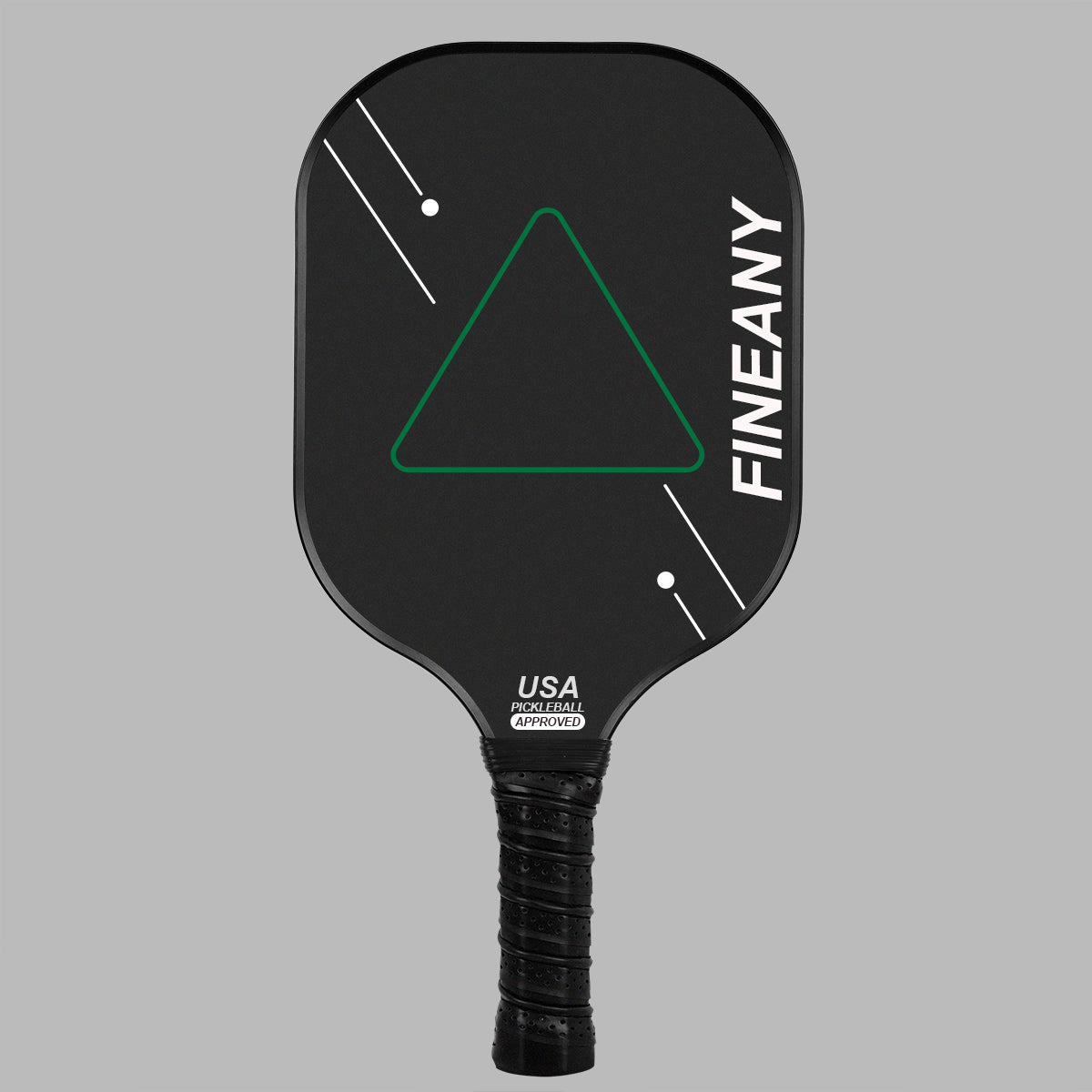When diving into the world of pickleball, one quickly realizes that not all pickleballs are created equal. There are distinct differences between indoor and outdoor pickleballs, each designed to optimize playability in their respective environments. Understanding these differences can greatly enhance your playing experience.
Construction and Material
The construction and material of pickleballs are crucial in determining their performance. Indoor pickleballs are typically made from a softer plastic material, which allows for better control and finesse in a confined space. This softer construction also means that indoor pickleballs are less likely to cause damage to indoor surfaces, making them ideal for use on gym floors or wooden courts.
Outdoor pickleballs, conversely, are constructed from a harder, more durable plastic. This material is designed to withstand the harsher conditions found outside, such as rougher court surfaces and exposure to the elements. The harder plastic ensures that the ball remains consistent in play despite these external factors.
Number and Size of Holes
One of the most noticeable differences between indoor and outdoor pickleballs is the number and size of holes in the ball. Indoor pickleballs typically have fewer holes—around 26— and these holes are larger. This design reduces the ball's flight speed, making it easier to control and perfect for the slower pace of indoor play.
Outdoor pickleballs, on the other hand, have more holes—usually around 40—and these holes are smaller. This configuration helps the ball to cut through wind more efficiently and maintain a more consistent flight path. The additional holes also add to the ball's stability and predictability, which is essential for outdoor play where wind can be a significant factor.
Weight and Bounce
Weight and bounce characteristics are also tailored to the specific environments in which the balls are used. Indoor pickleballs are lighter, which complements the smaller, confined playing areas typically found indoors. The lighter weight also results in a lower bounce, which suits the slower-paced nature of indoor games.
Outdoor pickleballs are heavier to help counteract the effects of wind and uneven surfaces. This extra weight allows for a higher, more consistent bounce, which is necessary for outdoor play where conditions can vary greatly. The heavier construction ensures that the ball can withstand the rigors of outdoor play without losing its shape or integrity.
Choosing the Right Pickleball for Your Environment
Selecting the appropriate pickleball for your playing environment is crucial to ensuring the best possible gameplay experience. Various factors should be considered, including the type of court surface, weather conditions, and your personal playing style.
Assessing Court Surface
The surface you play on significantly impacts the performance of the pickleball. Indoor courts are typically made of materials like wood or synthetic surfaces that provide a smooth, consistent playing area. Indoor pickleballs, with their softer construction, are designed to perform optimally on these surfaces, providing good control and minimizing damage to the court.
Outdoor courts, however, are usually made of harder materials like concrete or asphalt. These surfaces can be rough and uneven, requiring a more durable ball. Outdoor pickleballs are specifically designed to handle these tougher surfaces without degrading quickly. Their harder construction ensures they can bounce consistently and withstand the roughness of outdoor courts.
Weather Considerations
Weather conditions are a significant factor in choosing the right pickleball. Indoor play is generally free from weather-related issues, allowing for consistent play regardless of external conditions. Indoor pickleballs are designed with this stability in mind, focusing on control and precision.
Outdoor play, however, is subject to varying weather conditions such as wind, rain, and temperature fluctuations. Outdoor pickleballs are designed to cope with these elements. The smaller, more numerous holes help the ball maintain a steady flight in windy conditions, and the durable construction ensures the ball can withstand wet or hot conditions without warping or cracking.
Personal Playing Style
Your playing style also influences which type of pickleball is best for you. Players who enjoy a slower, more controlled game may prefer indoor pickleballs, which are lighter and easier to maneuver. These balls allow for more strategic play and finesse, making them ideal for those who focus on precision and placement.
For those who prefer a faster, more aggressive style of play, outdoor pickleballs may be the better choice. The heavier weight and higher bounce of outdoor balls support powerful shots and fast-paced rallies, adding an extra layer of excitement to the game.
Performance Differences Between Indoor and Outdoor Pickleballs
The performance of indoor and outdoor pickleballs can vary significantly due to their design differences. Understanding these performance attributes can help you choose the right ball for your needs.
Speed and Control
Indoor pickleballs offer better control due to their slower speed and larger holes. This allows players to make more precise shots and engage in strategic play. The slower speed means players have more time to react, making indoor games more about placement and accuracy than power.
Outdoor pickleballs are designed for speed. The smaller holes and heavier weight enable the ball to travel faster and maintain a more consistent flight path, even in windy conditions. This makes outdoor play more dynamic and challenging, requiring players to react quickly and utilize power more effectively.
Durability and Wear
Durability is a critical factor, especially for outdoor pickleballs. These balls are made to withstand rough surfaces and exposure to the elements, making them more durable than their indoor counterparts. They can endure the wear and tear of concrete or asphalt courts, as well as the impact of repeated, powerful shots.
Indoor pickleballs, while not as durable, are sufficient for the smoother, less abrasive surfaces found indoors. They are less likely to crack or wear down quickly because they are used in a more controlled environment. However, they still require regular inspection and replacement to ensure optimal performance.
Noise Level
Noise can be a consideration for some players, especially in indoor environments where sound can echo. Indoor pickleballs tend to be quieter due to their softer material, making them more suitable for indoor play where excessive noise might be a concern.
Outdoor pickleballs, made from harder material, can be louder when struck. This increased noise level is generally less of an issue outdoors but can be a factor to consider if you are playing in a residential area or a place where noise restrictions apply.
Maintenance and Care for Indoor and Outdoor Pickleballs
Proper maintenance and care can extend the lifespan of your pickleballs and ensure consistent performance. Different care techniques are required for indoor and outdoor pickleballs due to their differing materials and usage environments.
Cleaning and Storage
Cleaning your pickleballs regularly can help maintain their performance. Indoor pickleballs can be wiped down with a damp cloth to remove dust and grime that may accumulate during play. It’s essential to store them in a cool, dry place to prevent the material from degrading.
Outdoor pickleballs require more rigorous cleaning due to the dirt and debris they encounter. A simple rinse with water can remove most surface dirt, but ensure they are dried thoroughly before storage to prevent mold or material degradation. Storing them away from extreme temperatures is crucial to maintaining their integrity.
Inspecting for Damage
Regular inspection of your pickleballs can help you catch damage early and replace them before they affect your game. Indoor balls, being softer, may not crack as easily but can wear down and lose their shape over time. Outdoor balls, being harder, are more prone to cracking or developing other forms of damage due to rough surfaces and heavy use.
Look for cracks, deformities, or significant wear patterns. Replacing damaged balls promptly ensures you maintain the best possible playing conditions and avoid unexpected performance issues during a game.
Replacement Frequency
How often you need to replace your pickleballs depends on usage and playing conditions. Indoor pickleballs generally last longer due to the controlled environment and less abrasive surfaces. Regular players might replace indoor balls every few months, while occasional players may find their balls last much longer.
Outdoor pickleballs, exposed to harsher conditions, will need more frequent replacement. Regular outdoor players might replace their balls every few weeks to maintain optimal performance. Keeping a few extra balls on hand ensures you’re always ready for a game without the interruption of a damaged ball.
Pros and Cons of Indoor Pickleballs
Understanding the pros and cons of indoor pickleballs can help you decide if they are the right choice for your playing style and environment.
Pros
Better Control: The larger holes and softer material provide better control and precision. Players can make more strategic shots, focusing on placement and finesse.
Lower Noise: Indoor pickleballs are generally quieter, making them more suitable for indoor environments where excessive noise can be a concern.
Less Wear on Surfaces: The softer material is gentler on indoor court surfaces, reducing the risk of damage to the playing area.
Cons
Less Durable: Indoor pickleballs are less durable and may wear out faster than outdoor balls, especially if used on rough surfaces.
Affected by Indoor Conditions: Factors like humidity can affect the performance of indoor balls, potentially making them feel heavier or altering their bounce.
Pros and Cons of Outdoor Pickleballs
Outdoor pickleballs have their own set of advantages and disadvantages, making them suitable for different playing conditions and preferences.
Pros
Higher Durability: Made to withstand rough surfaces and outdoor elements, outdoor pickleballs are more durable. They can endure the wear and tear of concrete or asphalt courts and repeated, powerful shots.
Consistent Performance: Designed to handle wind and varying weather conditions, they provide more consistent play outdoors. The smaller holes and heavier weight help the ball maintain a steady flight path, even in windy conditions.
Higher Bounce and Speed: Suitable for fast-paced, dynamic games. The heavier construction and smaller holes enable the ball to travel faster and bounce higher, adding an extra layer of excitement to outdoor play.
Cons
Higher Noise Level: The harder material can be noisier, which might be a concern in some areas. This increased noise level is generally less of an issue outdoors but can be a factor to consider if you are playing in a residential area or a place where noise restrictions apply.
More Wear on Surfaces: The durability of outdoor balls can cause more wear on court surfaces. The harder material can be abrasive, potentially leading to more frequent court maintenance.
By understanding the key differences between indoor and outdoor pickleballs, including their construction, performance, and maintenance requirements, players can make informed choices to enhance their gameplay experience. Whether you prefer the controlled environment of indoor play or the dynamic challenges of outdoor courts, selecting the right pickleball is crucial for optimal performance and enjoyment.
FineAny Pickleball: Enjoy the Fun of Hitting! Play Your Best!
At FineAny Official, we are committed to providing top-quality pickleball equipment to ensure your performance on the court is impeccable. Whether you are a beginner or an experienced player, our product range can meet your needs:
Pickleball Paddles: From the affordable T300 series, the premium T700 series and the top Kevlar series, we offer a variety of materials and performance paddles to meet the needs of different players.
Pickleball Balls: High-quality balls add fun and challenge to every game.
Pickleball Bags: Stylish and practical bags designed for your equipment, keep your paddles and accessories safe and worry-free.
























Leave a comment
All comments are moderated before being published.
This site is protected by hCaptcha and the hCaptcha Privacy Policy and Terms of Service apply.